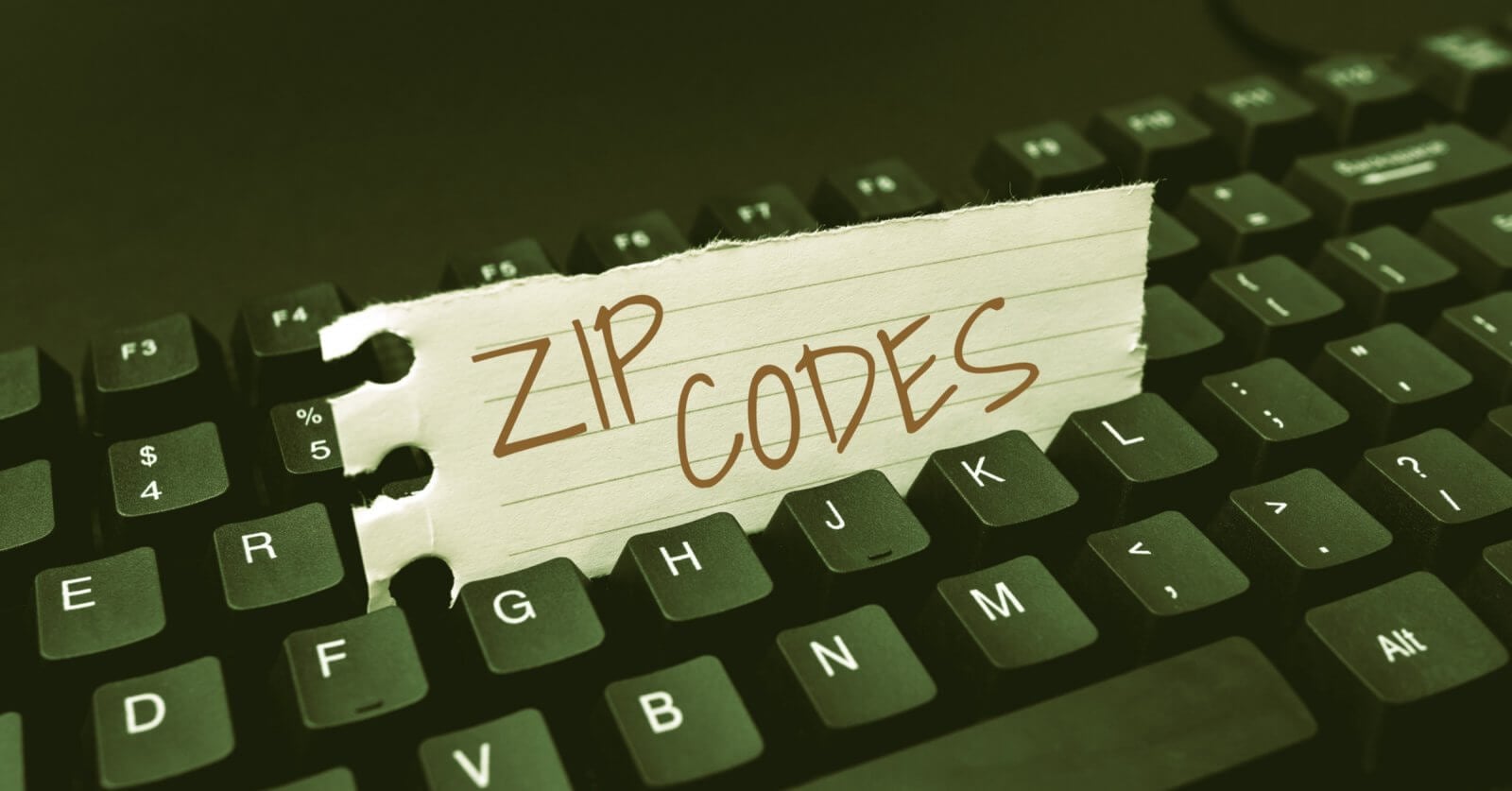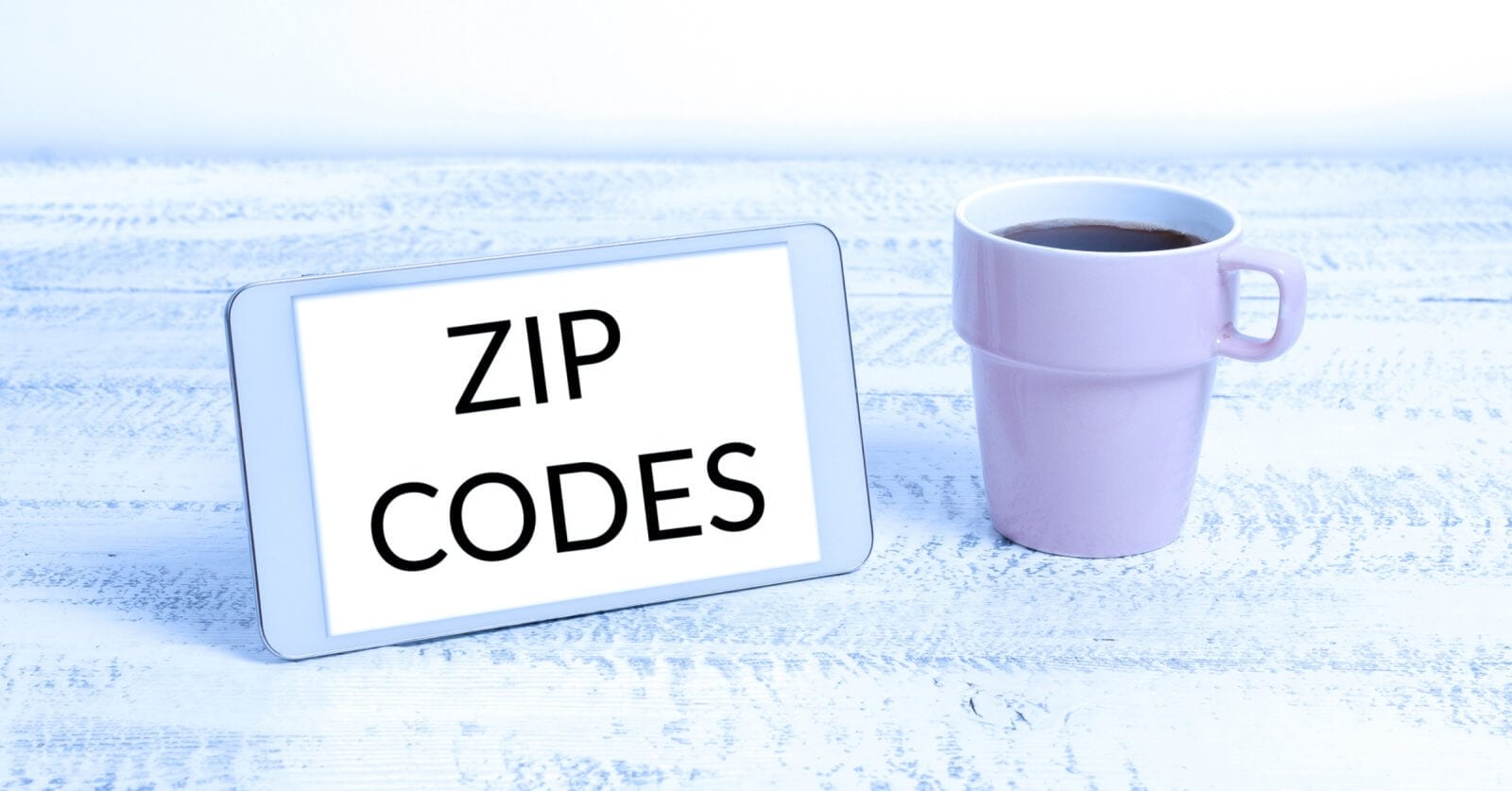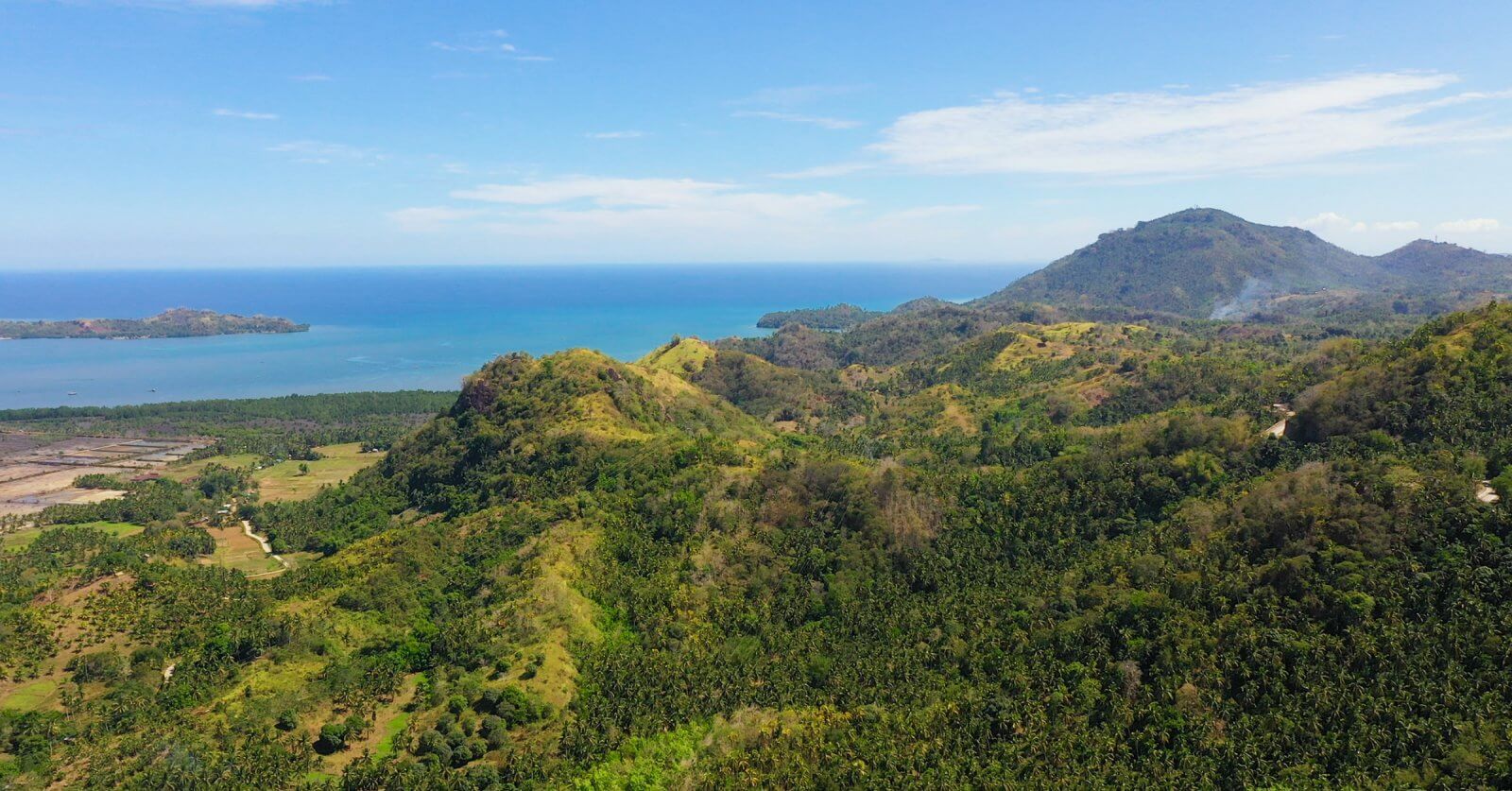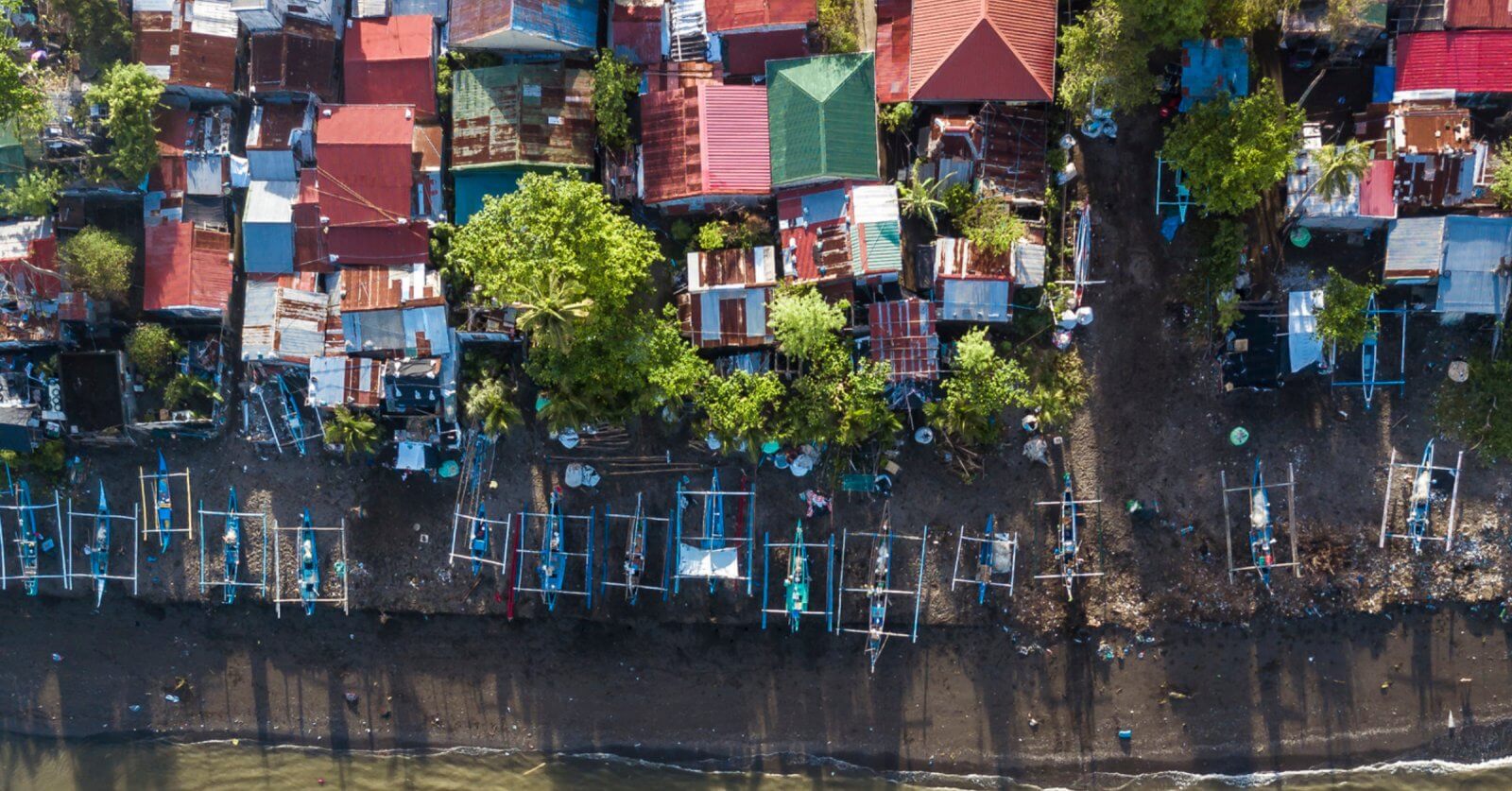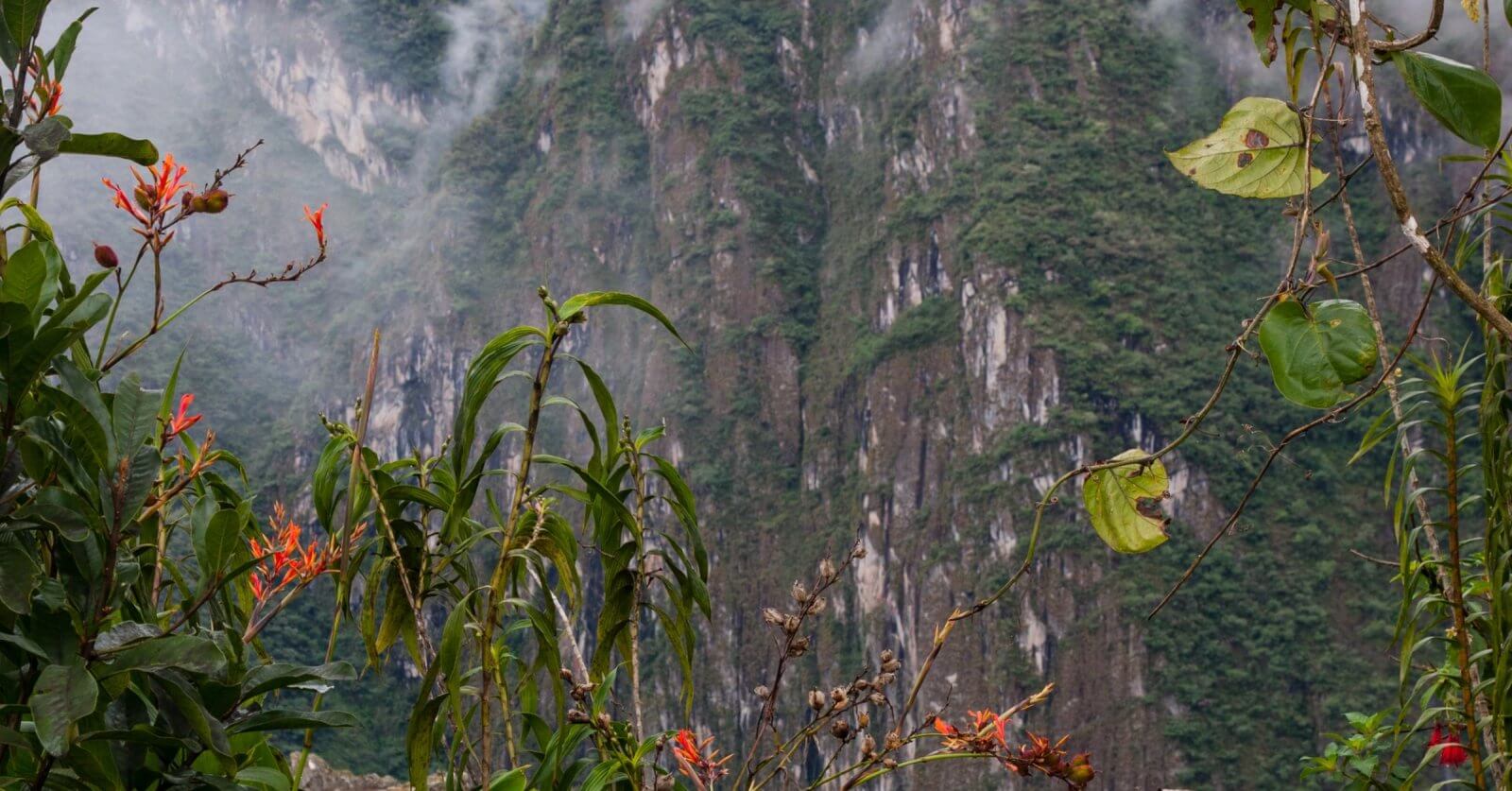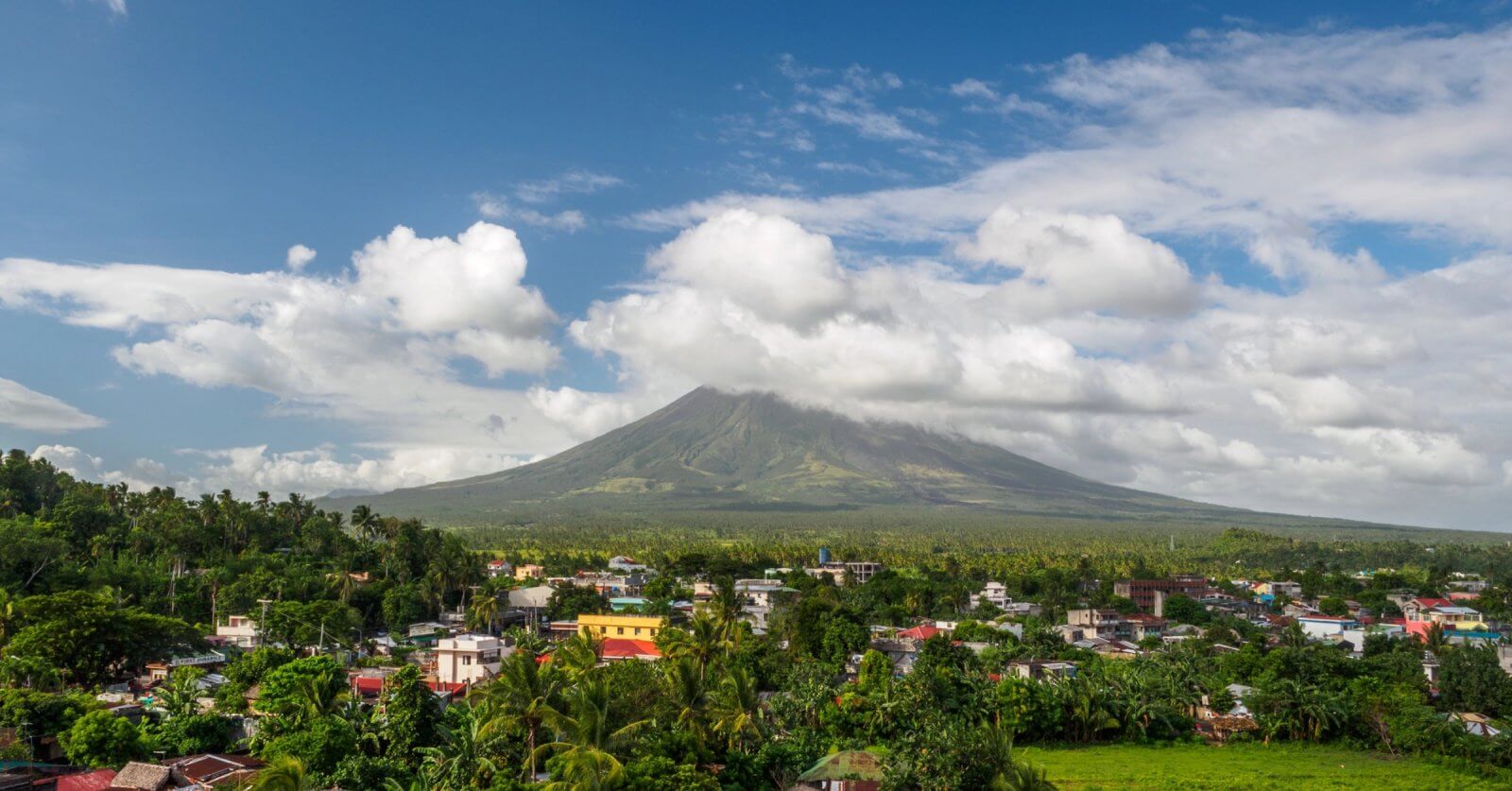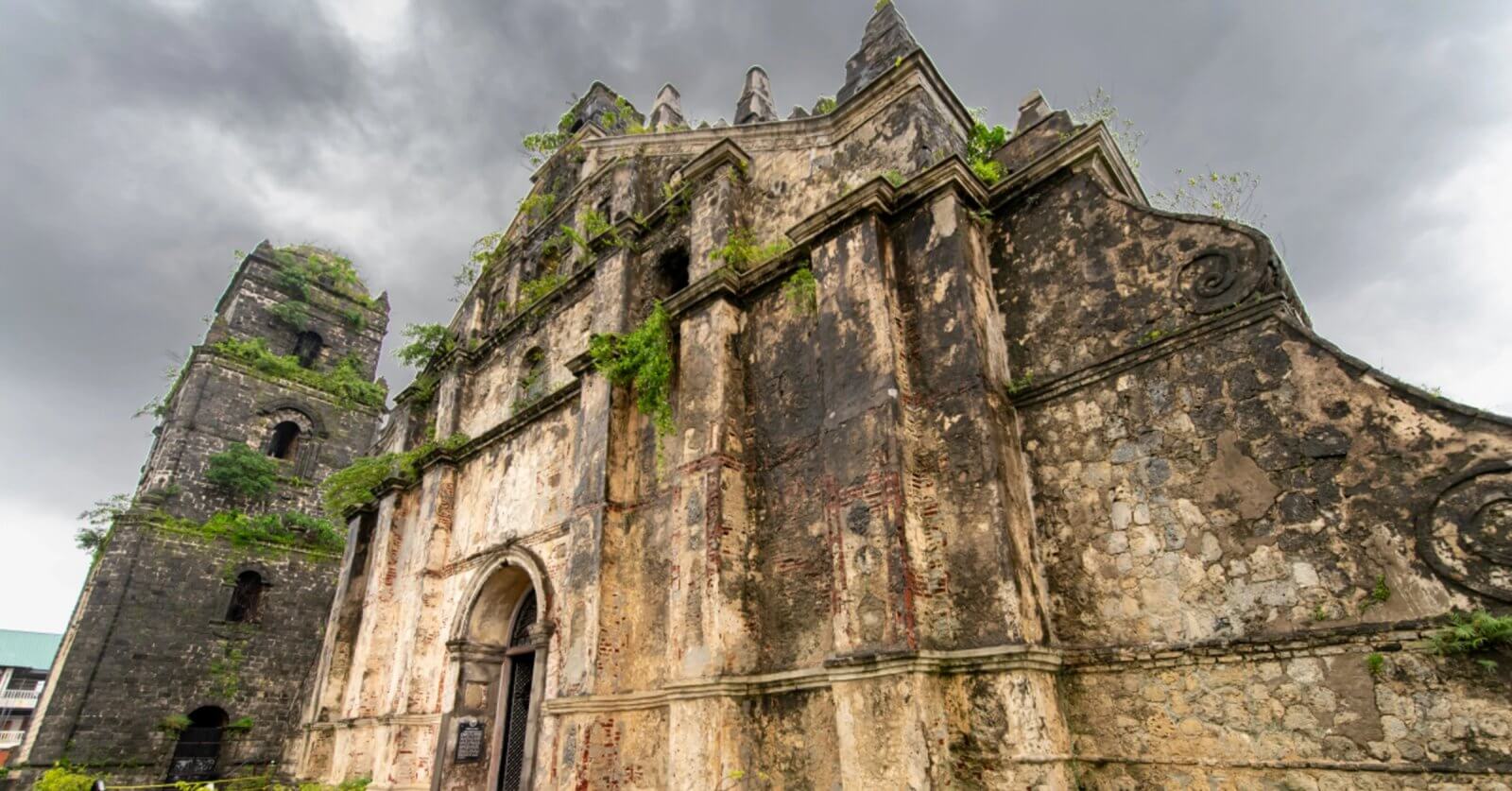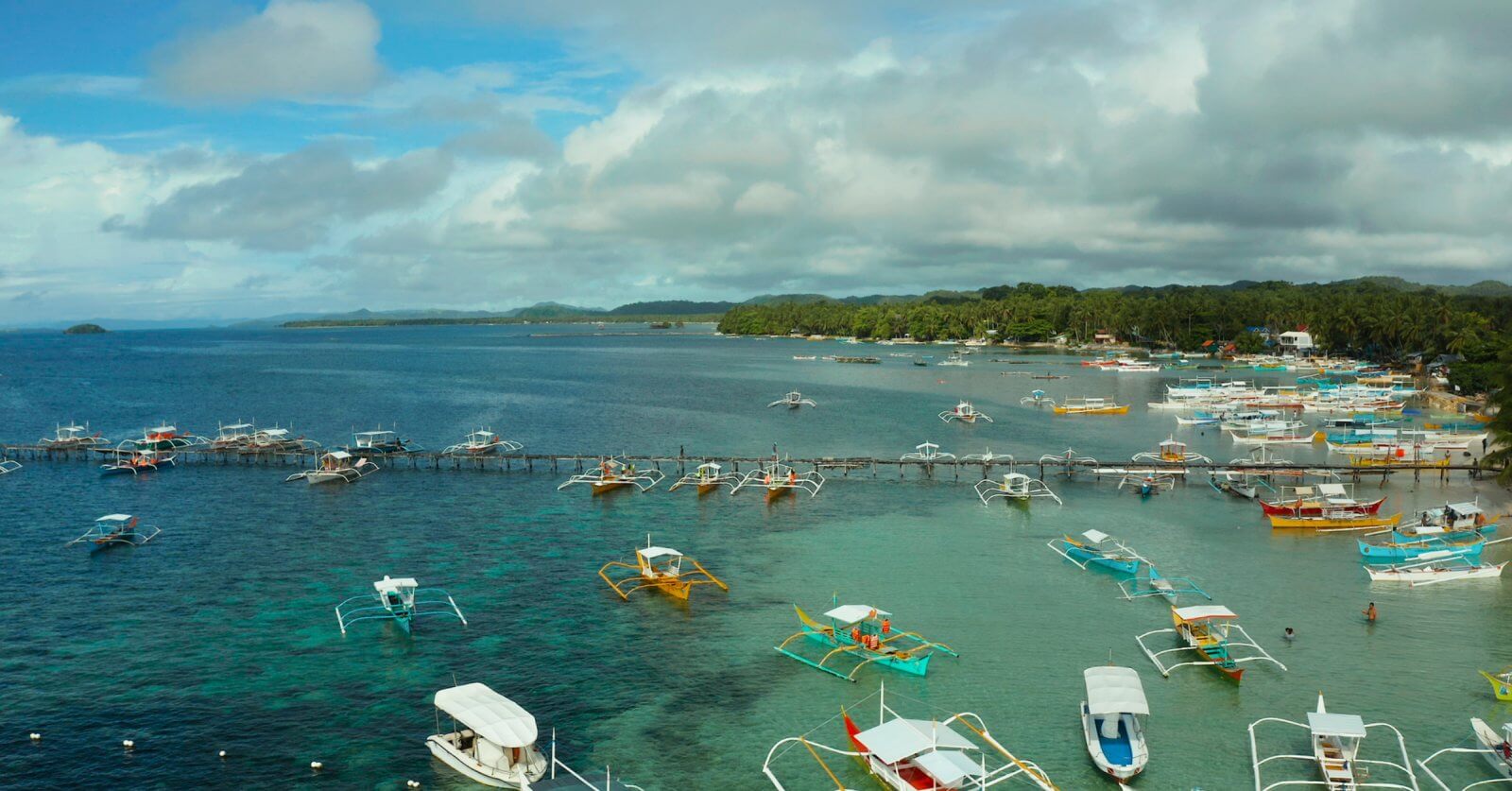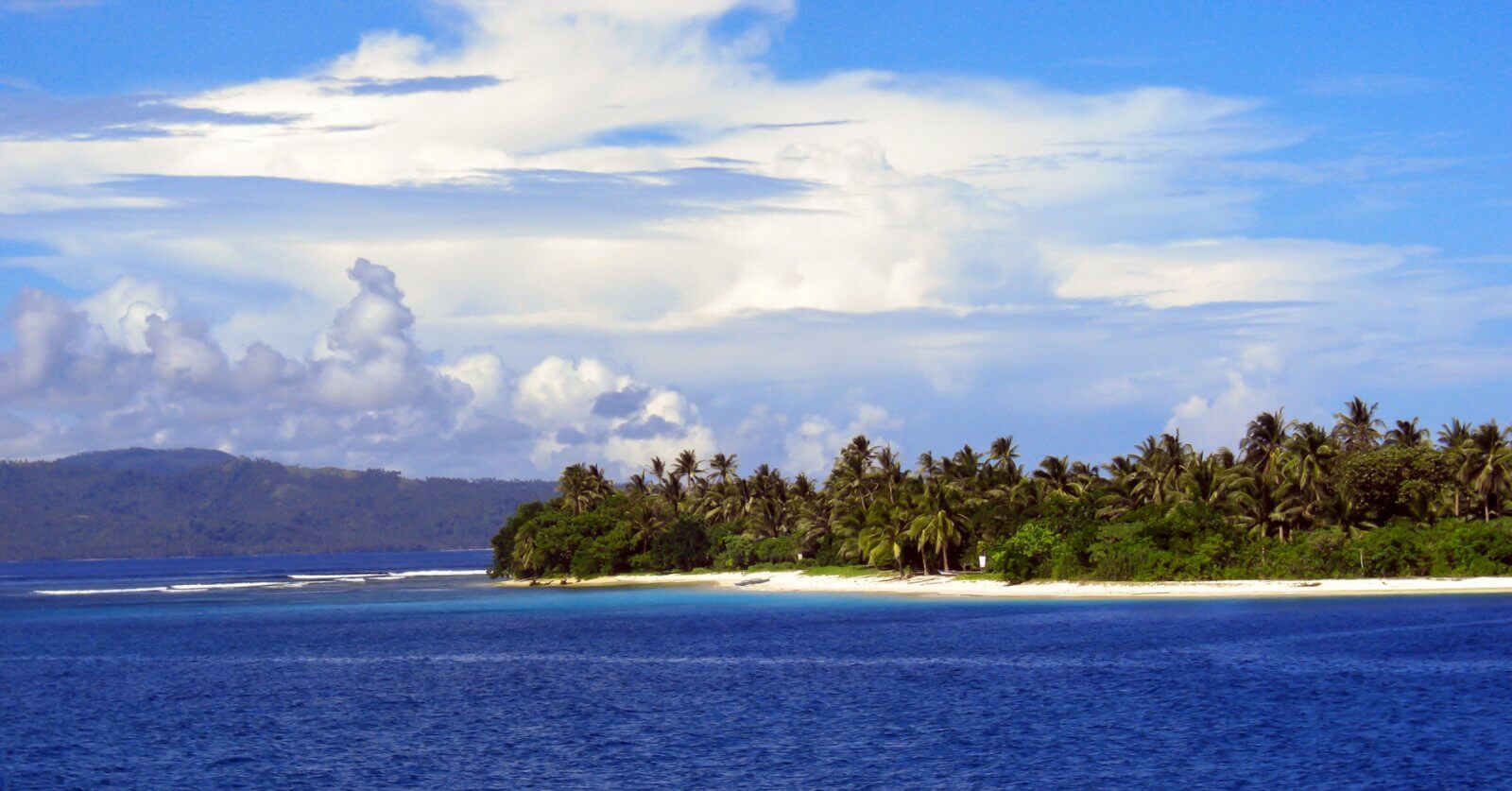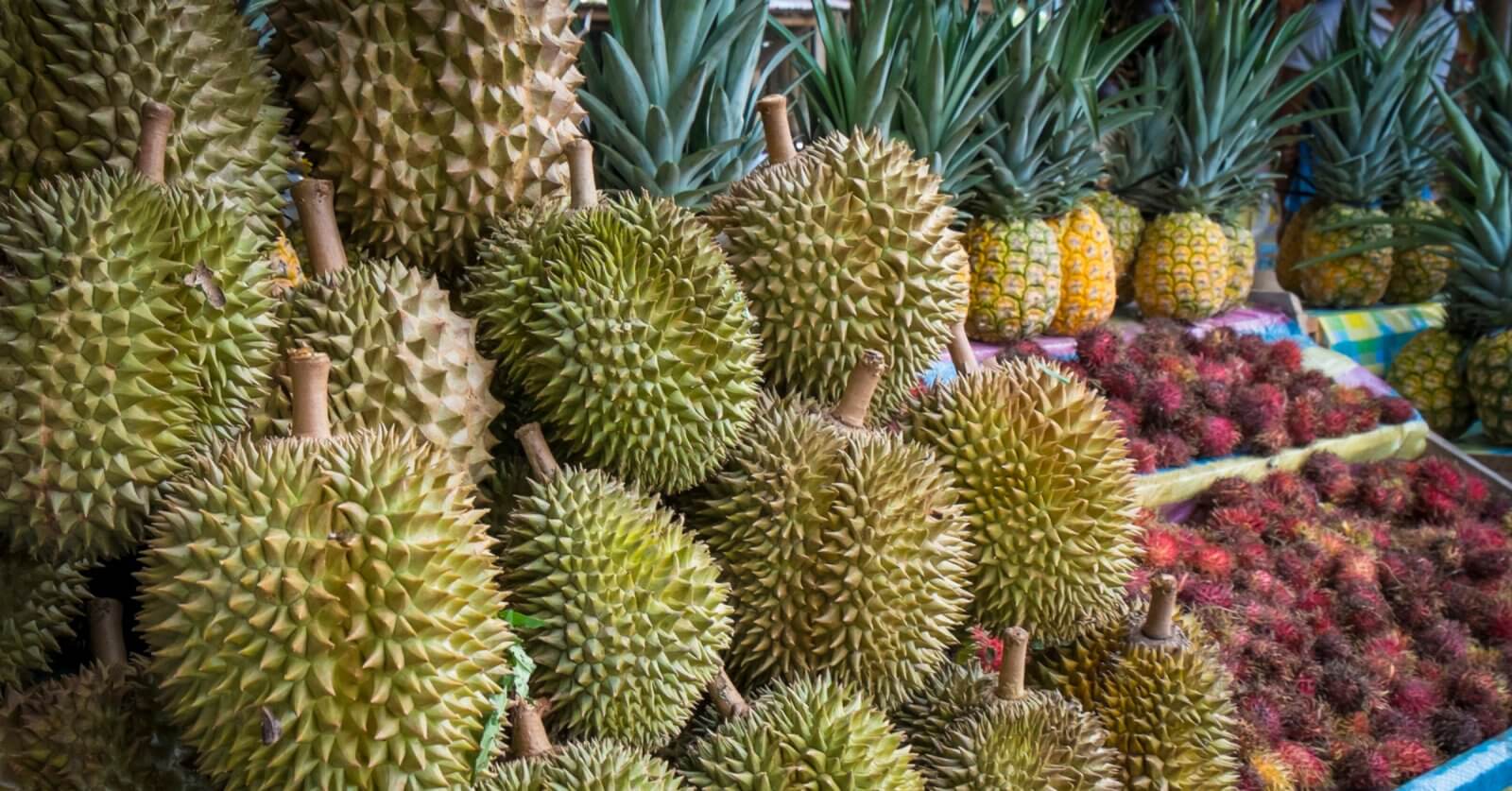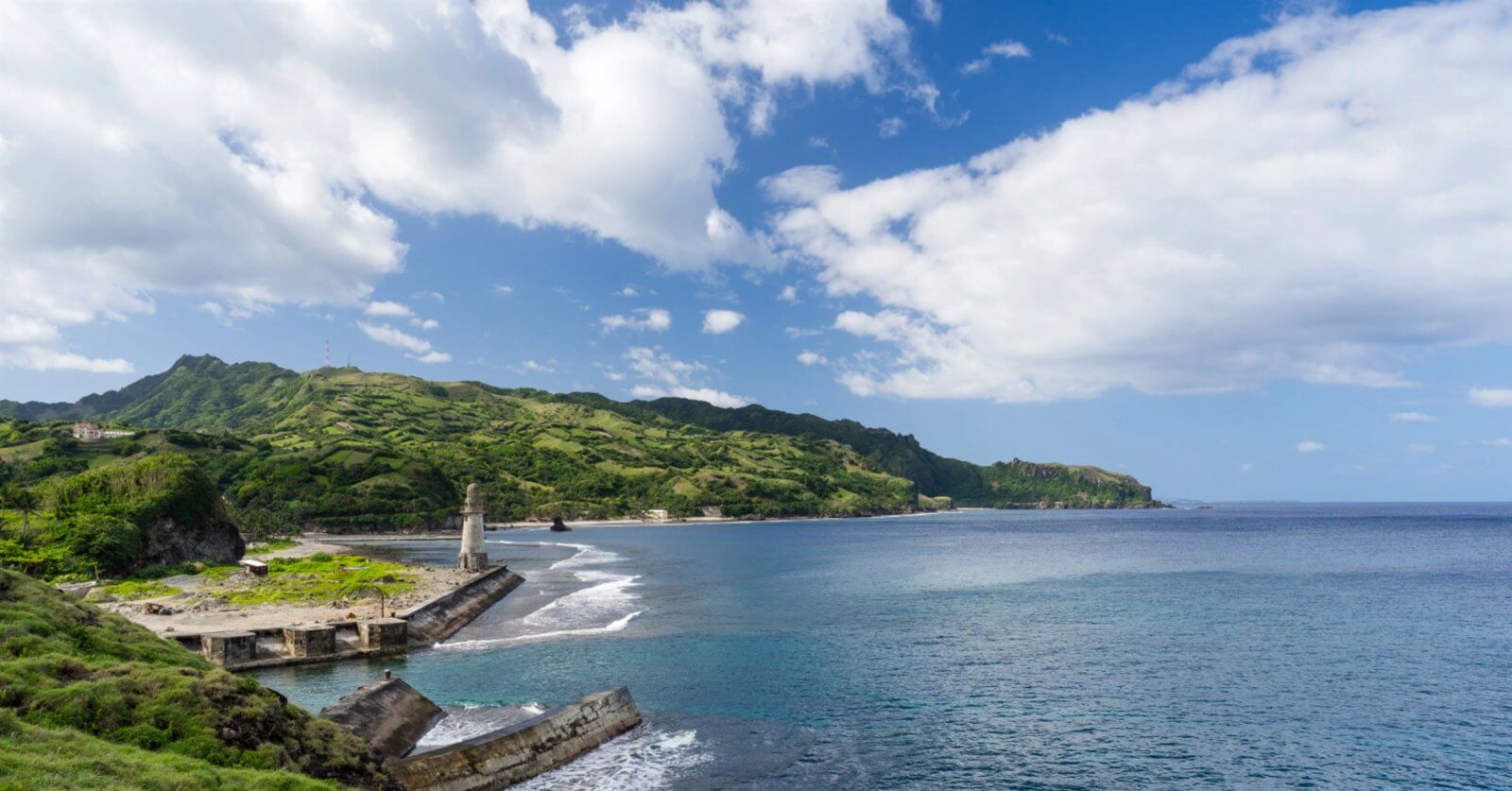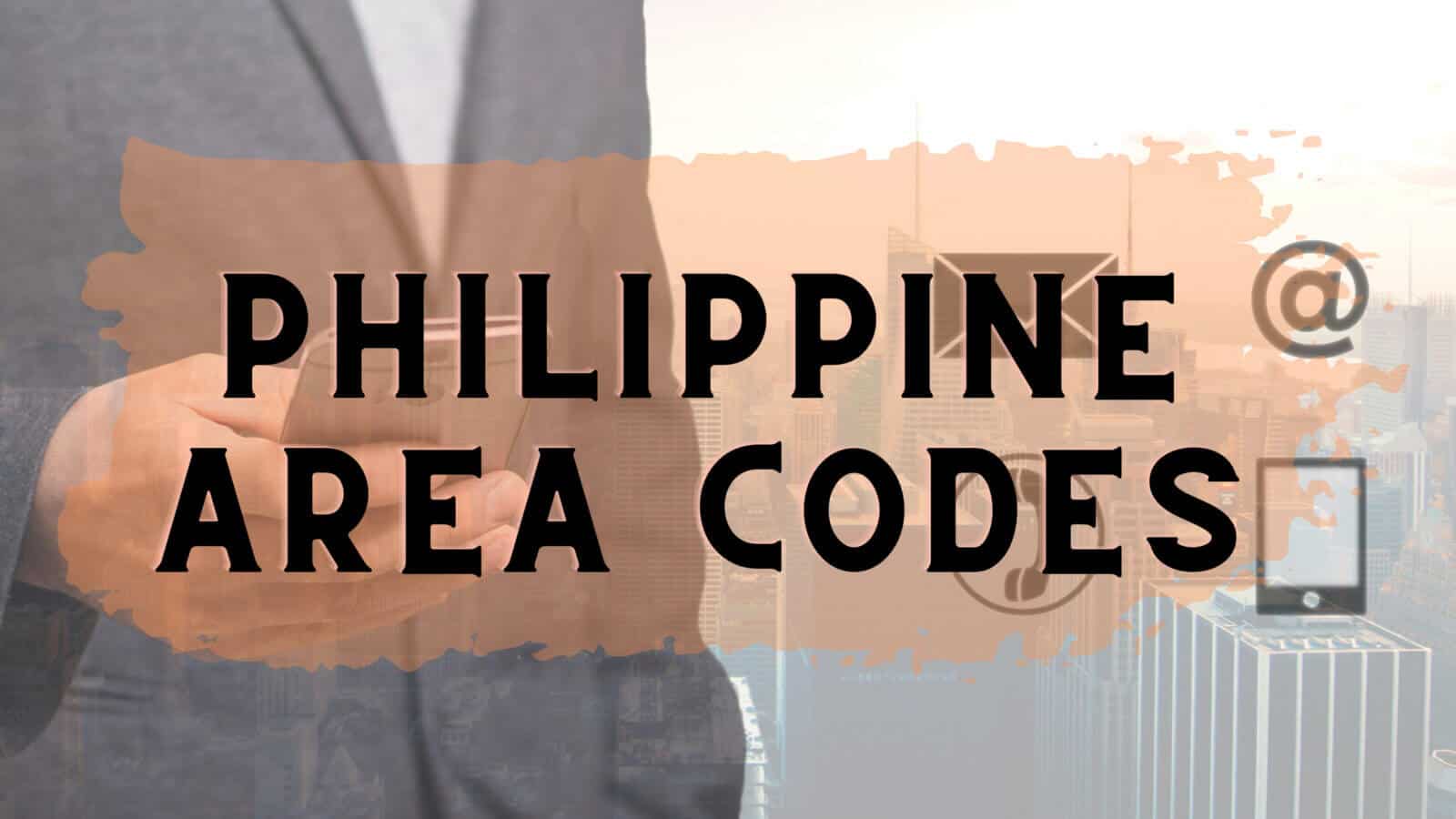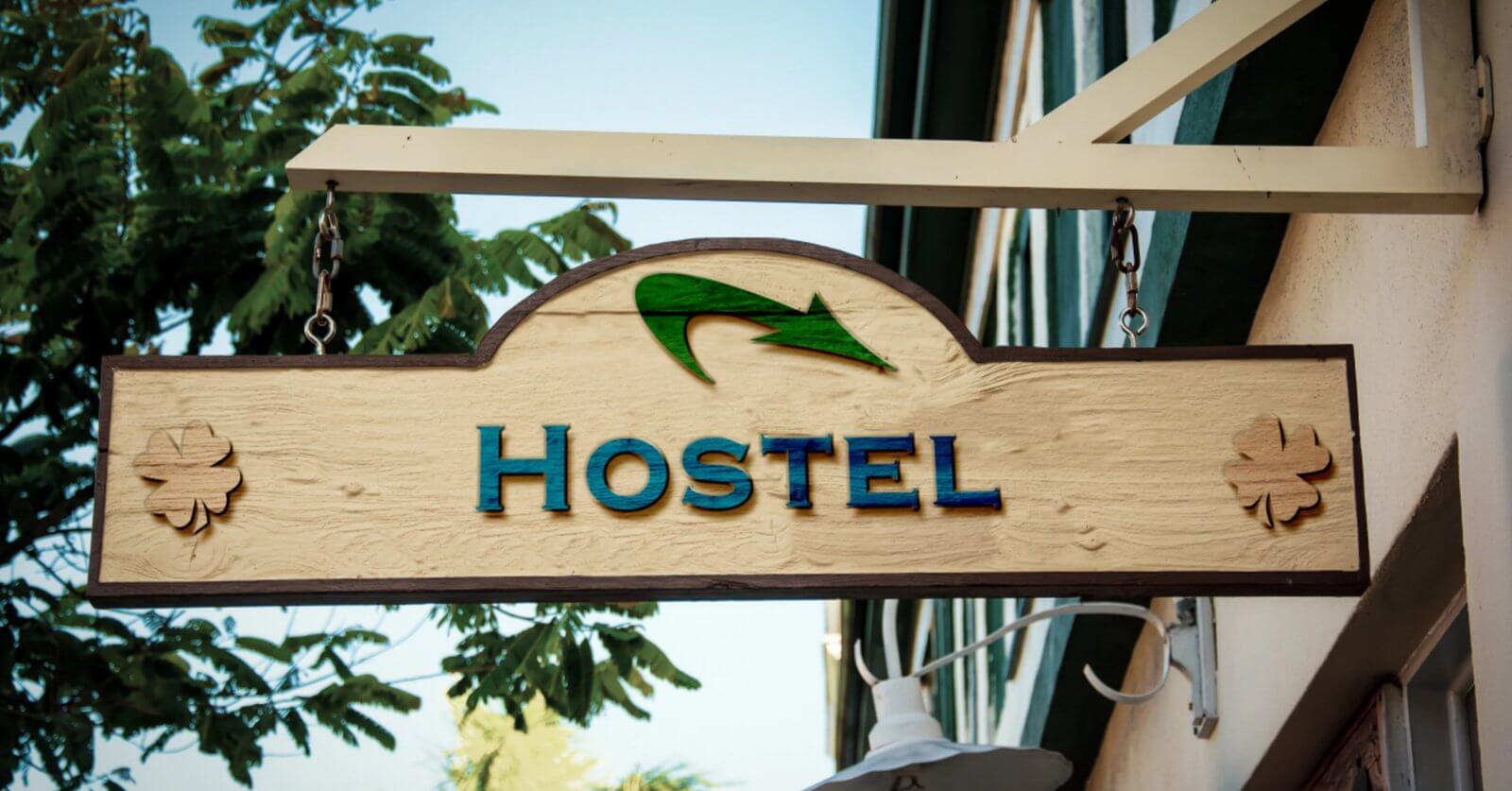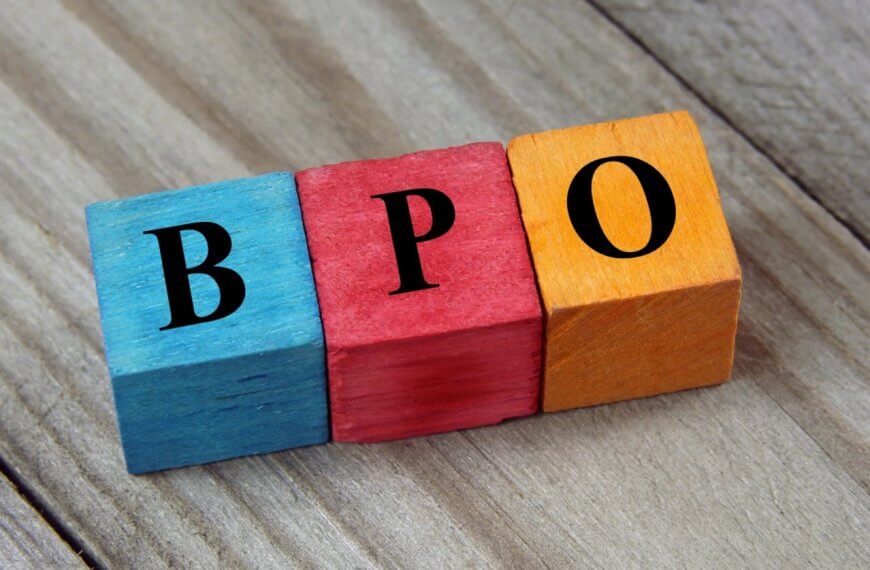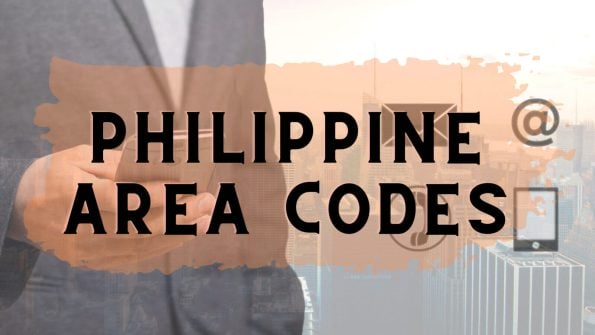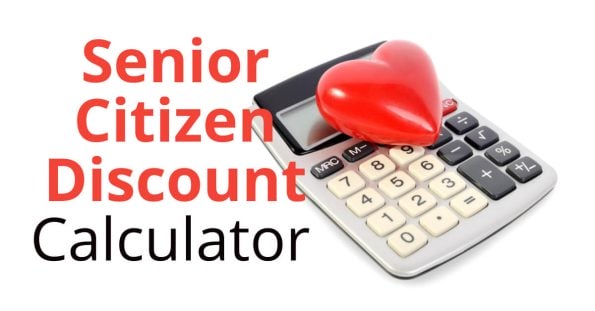- Introduction
- Historical Background
- Importance of Zip Codes
- Structure of Zip Codes in the Philippines
- How Zip Codes are Assigned
- Finding Your Zip Code – Zip Codes in the Philippines
- Using Postal Services
- Major Zip Code Areas
- Common Misconceptions
- The Role of Zip Codes in Modern Technology
- The Future of Zip Codes in the Philippines
- Conclusion
- FAQs
Introduction
Zip codes in the Philippines play a crucial role in streamlining mail delivery, enhancing the efficiency of postal services, and supporting various administrative tasks. Introduced in 1988, these codes were designed to categorize different regions, making it easier to route mail to specific locations across the archipelago. Each code corresponds to a specific area, ensuring that letters and packages reach their intended destinations without unnecessary delays.
Understanding the significance of zip codes extends beyond mere postal services. They are integral to business operations, data collection, and even emergency response systems. For instance, knowing the zip code of a particular area can help businesses tailor their services to specific locations, while emergency responders can use these codes to quickly locate and assist individuals in need. This system not only supports efficient communication but also contributes to effective regional management and planning.
Historical Background
The concept of zip codes, also known as postal codes, emerged in the 20th century to streamline mail sorting and delivery. Initially introduced in the United States in 1963, zip codes soon became a global standard. In the Philippines, zip codes were introduced in 1980 by the Philippine Postal Corporation (PHLPost) to improve mail distribution efficiency across the archipelago.
Importance of Zip Codes
Enhancing Mail Delivery Efficiency
One of the primary functions of a zip code is to facilitate the efficient sorting and delivery of mail. By including a zip code, the postal system can quickly identify the correct delivery route, reducing the chances of mail getting lost or delayed.
Role in Geographic Organization
Zip codes also help in organizing geographic areas for various administrative purposes. This system divides regions into manageable zones, making it easier for businesses, government agencies, and service providers to handle specific areas more effectively.
Impact on E-commerce and Delivery Services
With the rise of e-commerce, zip codes have become even more significant. They help online retailers and delivery services pinpoint exact locations, ensuring that products reach their customers swiftly and accurately.
Structure of Zip Codes in the Philippines
Format and Digits
Philippine zip codes consist of a four-digit number. The format is relatively straightforward: the first digit generally represents a specific region or province, while the following digits narrow down to more localized areas. For example, the zip code for Makati City, Metro Manila, is 1226.
Differences from Other Countries’ Zip Codes
Unlike some countries where zip codes can be alphanumeric, Philippine zip codes are purely numeric. This simplicity helps in reducing errors during mail processing and delivery.
How Zip Codes are Assigned
Geographic Distribution
Zip codes in the Philippines are assigned based on geographic distribution. Major cities and regions have their specific codes, which are further divided into smaller areas. For instance, within Metro Manila, each city and even districts have their designated zip codes.
Administrative Assignments
The assignment of zip codes is managed by PHLPost, which regularly updates and adjusts them based on changes in population and administrative requirements. This ensures that the system remains efficient and up-to-date.
Finding Your Zip Code – Zip Codes in the Philippines
Share the story: More Finding the right zip code in Metro Manila might seem like a small task, but it…
Share the story: More Northern Mindanao, with its rich cultural diversity and breathtaking natural landscapes, is home to some of…
Share the story: More Calabarzon, the gateway to Southern Luzon, is a region that merges the best of the countryside…
Share the story: More The MIMAROPA region, also known as Region 4B, is a stunning area in the Philippines made…
Share the story: More When it comes to exploring the Cordillera Administrative Region (CAR), it’s not just the majestic mountains…
Share the story: More When you’re traveling to the Bicol Region, you’re stepping into a place brimming with natural beauty…
Share the story: More The Ilocos Region, also known as Region 1, is a culturally rich and scenic destination in…
Share the story: More The Caraga Region, also known as Region 13, is located in the northeastern part of Mindanao…
Share the story: More Central Luzon, or Region 3, is a bustling area in the Philippines, with provinces that have…
Share the story: More Soccsksargen, also known as Region 12, is a place rich in culture, history, and breathtaking landscapes.…
Share the story: More Eastern Visayas, also known as Region 8, is a region that boasts a unique blend of…
Share the story: More Davao Region is a vibrant and culturally rich area in the southern part of the Philippines,…
Share the story: More Cagayan Valley, also known as Region 2, is a vibrant region in the northern part of…
Using Postal Services
Alternatively, you can visit your local post office. The staff can assist you in finding your zip code based on your address. This is also a good option if you need to confirm or update your zip code information.
Major Zip Code Areas
Metro Manila
Metro Manila, being the national capital region, has a range of zip codes assigned to its various cities and municipalities. For example, Quezon City has multiple zip codes, such as 1100 for its central area and 1123 for its northern parts.
Provincial Zip Codes
Outside Metro Manila, provinces also have their zip codes. For instance, Cebu City has the zip code 6000, while Davao City’s main area is covered by 8000. These zip codes help in managing mail distribution across the extensive archipelago.
Common Misconceptions
Zip Code vs. Area Code
A common misconception is confusing zip codes with area codes. Zip codes are used for mail delivery, while area codes are used for telephone dialing. Though both systems organize information geographically, they serve different purposes.
Zip Code Use Beyond Mail
While zip codes are primarily used for mail sorting, they also play a role in various applications such as location-based services, marketing, and logistics. Businesses often use zip codes to analyze market trends and optimize delivery routes.
The Role of Zip Codes in Modern Technology
Integration in Mapping Services
In today’s digital age, zip codes are integrated into mapping and GPS services. This integration allows for accurate location tracking, which is essential for navigation and location-based services.
Importance in Location-Based Services
Zip codes are also crucial for location-based services, including online shopping and food delivery. They help companies determine service areas and provide accurate delivery estimates to customers.
The Future of Zip Codes in the Philippines
Potential Changes and Updates
As the Philippines continues to develop, there may be changes and updates to the zip code system. This could include adjustments to accommodate new urban developments or shifts in administrative boundaries.
Technological Advancements and Their Impact
Technological advancements may lead to more sophisticated systems for addressing and location services. Innovations such as geocoding and smart postal systems might further enhance the efficiency and accuracy of mail delivery.
Conclusion
When navigating the various aspects of daily life in the Philippines, having a comprehensive understanding of zip codes proves to be incredibly valuable. Whether you’re sorting out your mail, planning a business strategy, or ensuring prompt emergency services, knowing the zip codes for different areas is essential. This guide not only provides you with a complete list of zip codes but also helps you appreciate their broader impact on daily operations and services.
As you explore the significance of zip codes, you might also find it useful to visit local attractions or historical sites in the areas you’re interested in. For example, the scenic views of Baguio or the historic landmarks in Intramuros can offer additional context and enrichment to your understanding of the regions. Sharing this list with friends or colleagues can also help them benefit from this practical information, making their experiences more efficient and enjoyable. Embracing the value of zip codes in the Philippines is a truly sulit way to enhance your local knowledge and streamline your interactions across the archipelago.
FAQs
What is the purpose of a zip code?
A zip code helps in sorting and delivering mail more efficiently by specifying geographic locations. It allows the postal system to manage mail distribution accurately.
How can I find my zip code in the Philippines?
You can find your zip code using online tools and websites or by visiting your local post office. Simply provide your address or barangay, and you’ll get the correct zip code.
Are zip codes and area codes the same?
No, zip codes and area codes are different. Zip codes are used for mail sorting and delivery, while area codes are used for telephone dialing.
Why are zip codes important for online shopping?
Zip codes are crucial for online shopping as they help retailers and delivery services determine delivery areas, calculate shipping costs, and provide accurate delivery estimates.
Will zip codes change in the future?
Yes, zip codes may change in the future to accommodate new developments or changes in administrative boundaries. Technological advancements may also lead to updates in the system.
